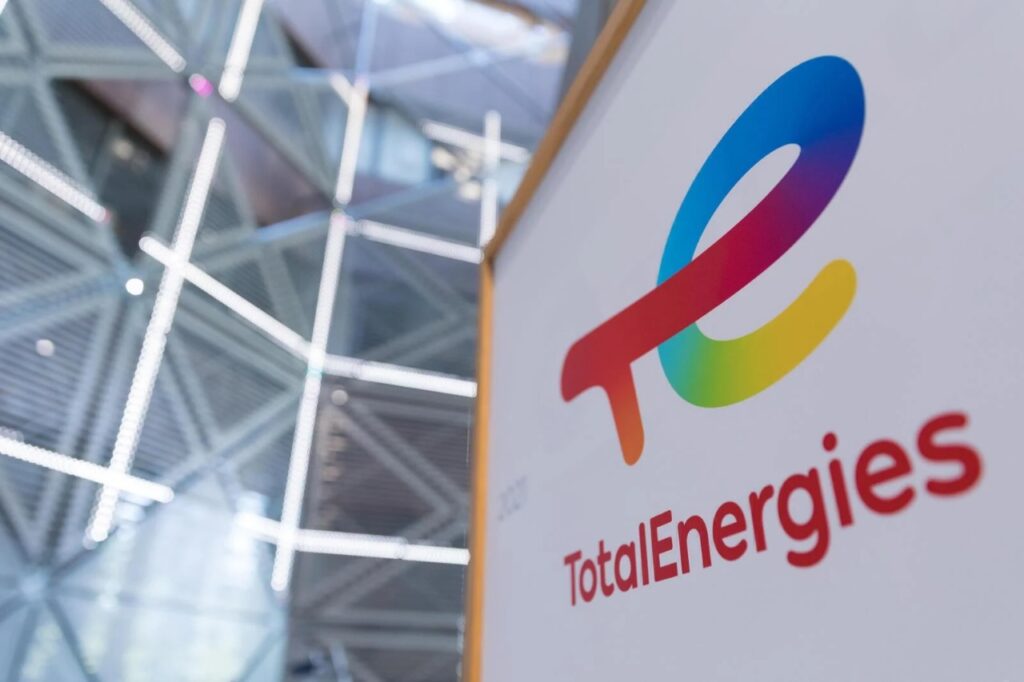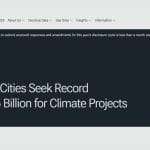TotalEnergies Outlines Three Pathways to a Lower-Carbon Future in Its 2025 Energy Outlook

• TotalEnergies projects fossil fuels will account for 60% of global energy demand in 2050, down from 80% today.
• The company calls for prioritizing affordable low-carbon technologies and advancing global carbon credit mechanisms under Article 6 of the Paris Agreement.
• Three modeled scenarios—Trends, Momentum, and Rupture—illustrate varying global outcomes between 1.7°C and 2.8°C temperature increases by 2100.
Balancing Access, Security, and Decarbonization
TotalEnergies’ Energy Outlook 2025 presents a comprehensive analysis of the global energy system through 2050, highlighting how development imperatives in emerging economies intersect with the urgent need to cut emissions. The French major frames the global challenge as “more energy, fewer emissions”—a balancing act between ensuring access to affordable power for 4.6 billion people still below developmental thresholds and achieving deep decarbonization.
The report identifies electricity generation, transportation, and heat for industrial and residential use as the top three sources of energy-related CO₂ emissions. Together, these sectors account for over 14 billion tons of CO₂ annually. Progress, the company notes, will depend on reducing the carbon intensity of each—particularly as global energy demand continues to expand alongside economic growth in emerging markets.
Diverging Regional Trajectories
Since the 2015 Paris Agreement, the carbon intensity of the global energy mix has declined despite higher overall demand. TotalEnergies attributes this to a gradual decoupling of economic growth from emissions, with renewables responsible for almost 80% of the growth in global electricity generation between 2023 and 2024.
However, regional disparities are deepening. The United States, benefiting from abundant shale gas, has replaced coal with gas in power generation and achieved net energy exporter status. China, while continuing to expand coal capacity, is simultaneously scaling solar, battery, and electric vehicle production—driving global cost reductions in low-carbon technologies. The European Union leads in emissions cuts, but its pathway is constrained by high infrastructure investment needs and societal pushback against the rising costs of decarbonization.
Each region, TotalEnergies concludes, faces a unique balance between security, affordability, and sustainability.
Three Scenarios to 2050
TotalEnergies models three long-term trajectories—Trends, Momentum, and Rupture—each reflecting differing degrees of global policy coordination and technological progress.
The Trends scenario assumes continuation of existing policies, especially in China and Europe. Renewables and electrification expand, but grid constraints and geopolitical tensions slow progress. Fossil fuel demand peaks around 2040 before gradually declining, resulting in a projected temperature rise of +2.6°C to +2.8°C by 2100.
The Momentum scenario envisions OECD countries reaching net zero by 2050 and China by 2060. It calls for accelerated electrification, a near-total coal phase-out in developed economies, and natural gas serving as a transition fuel. Non-electrified sectors would rely on hydrogen and sustainable fuels. Global temperatures would rise by +2.2°C to +2.4°C under this pathway.
The Rupture scenario, aligned with the Paris Agreement’s “well below 2°C” target, would demand unprecedented international cooperation. Rapid coal phase-outs, large-scale electrification, and stable gas use combine with massive renewable expansion to limit warming to +1.7°C to +1.9°C. TotalEnergies cautions that current geopolitical realities make this scenario unlikely in the near term.
Across all models, electricity demand increases sharply and natural gas plays a stabilizing transitional role. The company emphasizes that continued oil and gas investment will remain essential to offset natural field decline, even as renewables expand.
RELATED ARTICLE: TotalEnergies Launches Largest European Solar Cluster in Spain
The Case for Global Carbon Cooperation
TotalEnergies argues that progress beyond the Trends scenario requires a global strategy emphasizing cost-effective decarbonization. OECD economies, it suggests, should work together to accelerate transitions in developing countries through mechanisms such as international carbon trading.
This “global carbon arbitrage” concept would enable emission reductions where they are cheapest to achieve—benefiting both climate outcomes and economic efficiency. The report identifies full implementation of Article 6 of the Paris Agreement as key to unlocking this cooperation, allowing cross-border trading of verified emission reductions between countries and companies.
A Pragmatic Energy Transition
Aurélien Hamelle, TotalEnergies’ President for Strategy & Sustainability, notes that while the energy system has evolved since Paris, challenges persist around security and affordability. “Affordable low-carbon technologies are expanding rapidly, but fossil fuels will still represent 60% of primary energy demand in 2050,” Hamelle stated. He called for policies that “prioritize the most affordable CO₂ reduction solutions” and leverage global carbon markets to accelerate collective progress.

For policymakers and investors, the Energy Outlook 2025 underscores a central tension: the path to net zero will not be linear, but dependent on pragmatic, cost-sensitive cooperation across regions. By framing its scenarios around affordability and global coordination, TotalEnergies positions itself as both a participant in—and a commentator on—the evolving architecture of the world’s energy transition.
TotalEnergies Energy Outlook 2025 here.
Follow ESG News on LinkedIn












